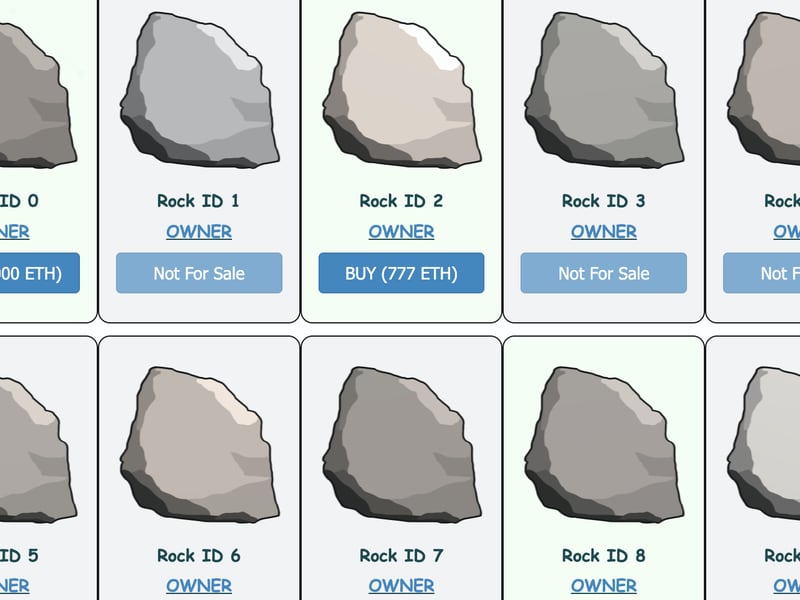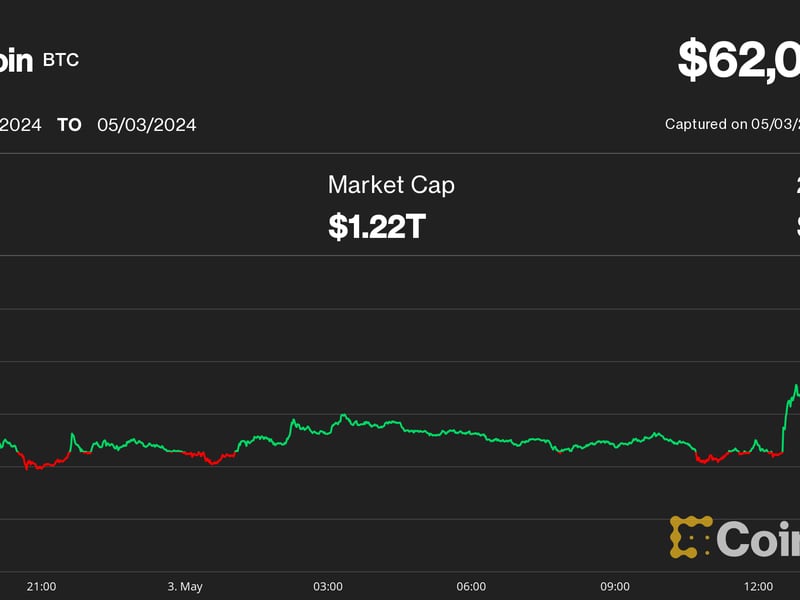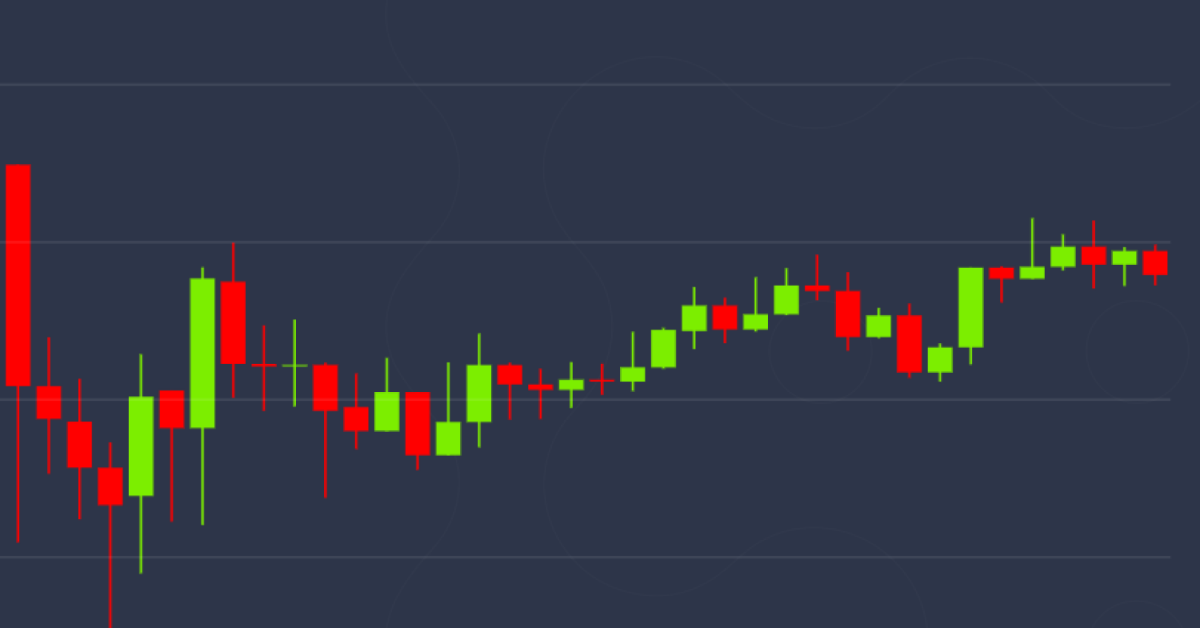Solana’s Annual Carbon Footprint Equals 8 Flights From London to New York
Featured SpeakerAlex Thorn
Head of Firmwide ResearchGalaxy

Hear Alex Thorn share his take on “Bitcoin and Inflation: It’s Complicated” at Consensus 2023.
:format(jpg)/s3.amazonaws.com/arc-authors/coindesk/fa5ce9a3-9c4d-4ed4-bb04-c7af51bf1a0d.jpg)
Danny is CoinDesk’s Managing Editor for Data & Tokens. He owns BTC, ETH and SOL.
Featured SpeakerAlex Thorn
Head of Firmwide ResearchGalaxy

Hear Alex Thorn share his take on “Bitcoin and Inflation: It’s Complicated” at Consensus 2023.
The Solana Foundation released an emissions dashboard Friday to track the carbon footprint created by the thousands of computer servers that power the Solana blockchain.
Solana’s servers emitted 10,651 metric tons of carbon dioxide in the 12 months prior to April 1, 2023, according to the dashboard built by footprint calculator Carbonara. That’s roughly equivalent to eight flights from London to New York, based on CoinDesk estimates derived from data showing that route would produce about 1,300 metric tons.
Pressure is growing for the crypto industry to take more accountability on blockchain-related emissions’ contributions to the climate crisis. The Bitcoin blockchain especially has come under wide criticism among environmental advocates for the amount of energy needed to mine the cryptocurrency, and the Ethereum blockchain’s transition to a proof-of-stake network was partly motivated by the desire for a more energy-efficient system.
Decentralized blockchains rely on massive networks of servers spread around the world; keeping them running requires plenty of electricity, and thus emits plenty of carbon.
While most environmental critics’ crypto ire is focused on Bitcoin – its proof-of-work mining system is by far the most energy intensive process among the major blockchains – smaller networks like Solana are still committing to transparency reports that shed light on consumption.
Solana’s topline footprint is an estimate based on where the network’s validators (who handle transaction processing) and RPC nodes (who feed data into the blockchain) are in the world, Austin Federa, the Solana Foundation’s head of strategy, told CoinDesk. He said the dashboard models the local electrical grids.
“We’re probably overestimating because data centers often have offset programs that we’re not accounting for,” he said in a text message.
Future iterations of the dashboard could provide emissions data down to the wallet so that users of the blockchain can track their individual footprints, a blog post said.
DISCLOSURE
Please note that our
privacy policy,
terms of use,
cookies,
and
do not sell my personal information
has been updated
.
The leader in news and information on cryptocurrency, digital assets and the future of money, CoinDesk is a media outlet that strives for the highest journalistic standards and abides by a
strict set of editorial policies.
CoinDesk is an independent operating subsidiary of
Digital Currency Group,
which invests in
cryptocurrencies
and blockchain
startups.
As part of their compensation, certain CoinDesk employees, including editorial employees, may receive exposure to DCG equity in the form of
stock appreciation rights,
which vest over a multi-year period. CoinDesk journalists are not allowed to purchase stock outright in DCG
.
:format(jpg)/s3.amazonaws.com/arc-authors/coindesk/fa5ce9a3-9c4d-4ed4-bb04-c7af51bf1a0d.jpg)
Danny is CoinDesk’s Managing Editor for Data & Tokens. He owns BTC, ETH and SOL.
Learn more about Consensus 2023, CoinDesk’s longest-running and most influential event that brings together all sides of crypto, blockchain and Web3. Head to consensus.coindesk.com to register and buy your pass now.
:format(jpg)/s3.amazonaws.com/arc-authors/coindesk/fa5ce9a3-9c4d-4ed4-bb04-c7af51bf1a0d.jpg)
Danny is CoinDesk’s Managing Editor for Data & Tokens. He owns BTC, ETH and SOL.









